In the dynamic world of logistics and transportation, the significance of load security cannot be overstated. As a leading manufacturer in the industry, CarMax Vehicle understands the intricacies involved in securing loads effectively on semi-trailers. This comprehensive guide delves into the essential aspects of load security, offering detailed insights, best practices, and innovative solutions to enhance safety, efficiency, and compliance in your transportation operations.
Understanding Load Security: The Cornerstone of Safe Transportation
Load security refers to the strategies and mechanisms employed to stabilize and secure cargo during transit. Effective load securing ensures that goods remain in place, preventing shifts that could lead to accidents, equipment damage, or regulatory violations. The complexity of load securing arises from the diverse nature of cargo, varying transportation modes, and the ever-evolving safety standards.
The Importance of Load Security
- Safety Assurance: Properly secured loads safeguard drivers, other road users, and the integrity of the cargo itself.
- Regulatory Compliance: Adhering to load securing regulations prevents legal repercussions and potential fines.
- Economic Efficiency: Minimizing cargo damage reduces financial losses and enhances customer satisfaction.
- Operational Reliability: Secure loads contribute to smoother transit, reducing delays caused by load-related issues.

Key Principles of Effective Load Securing
To achieve optimal load security, it’s essential to grasp the foundational principles that guide the process:
- Load Stability: Ensuring the cargo remains stationary and does not shift during transportation.
- Load Structure: Understanding the weight distribution and structural characteristics of the cargo.
- Load Distribution: Balancing the load to prevent excessive strain on specific trailer components.
- Anchoring: Utilizing appropriate tie-downs and securing devices to anchor the cargo effectively.
Comprehensive Methods for Securing Loads
Securing loads on semi-trailers involves a multi-faceted approach, incorporating various techniques and tools tailored to the nature of the cargo. Below, we explore the primary methods employed to achieve superior load security.
1. Tie-Down Systems
Tie-down systems are the backbone of load securing, providing the necessary restraint to keep cargo in place. These systems comprise straps, chains, and other fastening devices designed to secure different types of loads.
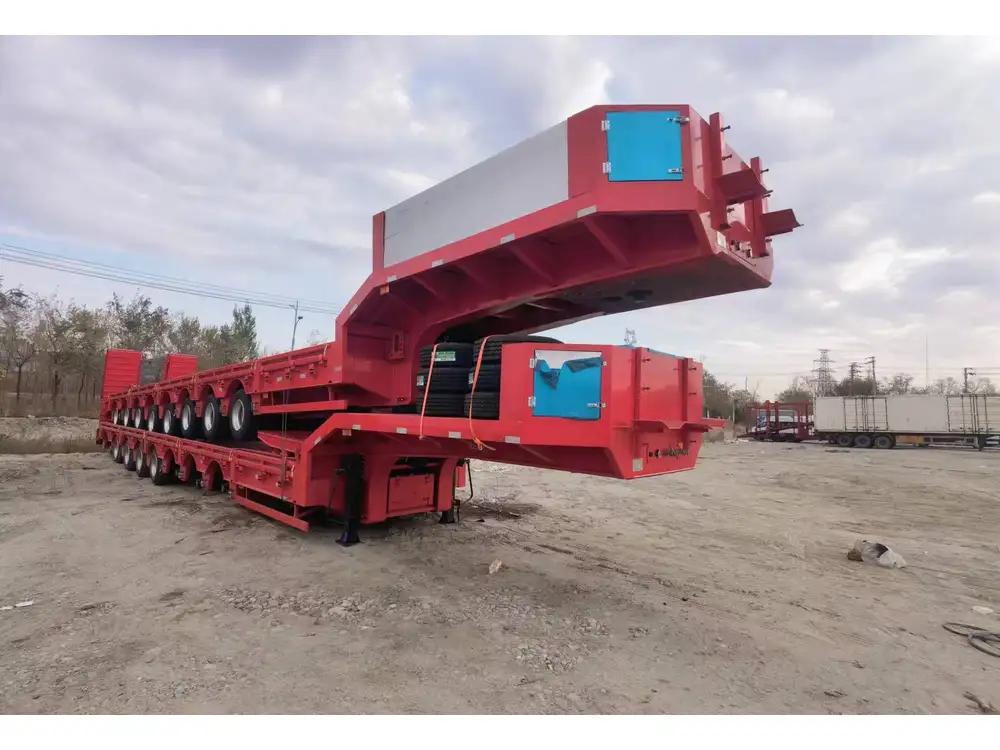
Types of Tie-Downs
| Type | Description | Best For |
|---|---|---|
| Ratchet Straps | Adjustable straps with a ratcheting mechanism for tight fastening. | Heavy and irregularly shaped items |
| Cam Buckle Straps | Easy-to-use straps with a cam buckle for quick adjustment. | Light to medium loads |
| Bungee Cords | Elastic cords that provide flexibility and shock absorption. | Non-critical loads |
| Chains | Heavy-duty chains suitable for securing oversized or particularly heavy loads. | Extremely heavy or bulky items |
2. Dunnage and Blocking
Dunnage refers to materials used to support and stabilize cargo, preventing movement and absorbing shock during transit.
Common Dunnage Materials
- Wooden Blocks: Ideal for filling gaps and providing sturdy support.
- Pallets: Facilitate easy loading and unloading while offering a stable base.
- Foam Inserts: Protect delicate items by cushioning against impacts.
- Air Bags: Inflate to fill voids and secure irregularly shaped cargo.
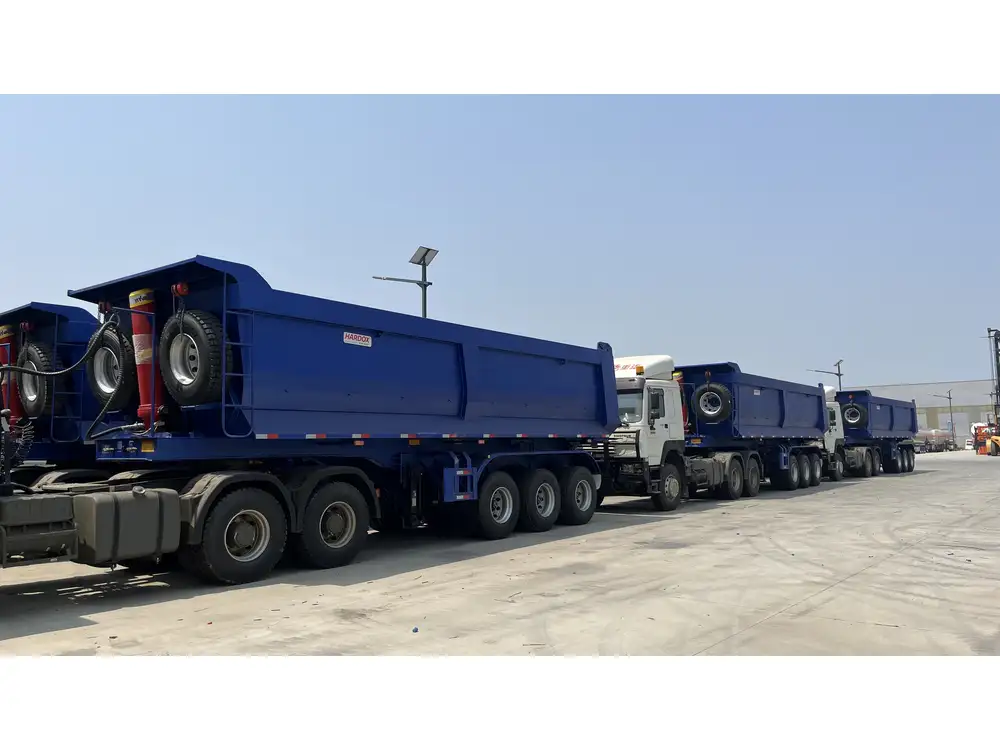
3. Load Distribution Techniques
Proper load distribution ensures that weight is evenly spread across the trailer, enhancing stability and reducing the risk of trailer sway.
Tips for Load Distribution
- Center of Gravity: Position heavier items over the trailer axles to maintain a low center of gravity.
- Symmetrical Loading: Distribute weight evenly on both sides to prevent imbalance.
- Weight Limits: Adhere to specified weight limits for each axle to avoid overloading.
4. Anchoring Devices and Points
Anchoring devices attach the load to the trailer, providing fixed points that prevent movement.

Essential Anchoring Components
- Anchor Points: Pre-installed hooks or loops on the trailer frame for attaching tie-downs.
- Load Bars: Extendable bars that can be positioned to secure loads of varying sizes.
- Ratchet Anchors: Allow for precise tightening of tie-down straps to ensure firm hold.
Advanced Load Securing Solutions by CarMax Vehicle
At CarMax Vehicle, we pride ourselves on offering state-of-the-art load securing solutions tailored to meet the diverse needs of our clients. Our range of products is designed with durability, flexibility, and ease of use in mind, ensuring that your loads remain secure under all conditions.
Innovative Tie-Down Systems
Our tie-down systems incorporate advanced materials and engineering to provide maximum strength and reliability.
- High-Tensile Ratchet Straps: Engineered for superior holding power, minimizing slack and ensuring tight securing.
- Quick-Release Cam Buckles: Facilitate rapid adjustments, saving time without compromising security.
- Reinforced Bungee Cords: Enhanced elasticity for added shock absorption and flexibility.

Customizable Dunnage Solutions
We offer a variety of dunnage materials that can be customized to fit specific cargo requirements.
- Modular Wooden Docks: Adaptable configurations to support different load shapes and sizes.
- Adjustable Foam Inserts: Provide cushioning tailored to delicate or sensitive cargo.
- Inflatable Air Bags: Reusable and easy to deploy, perfect for securing irregular loads.
Smart Load Distribution Systems
Our load distribution systems leverage technology to optimize weight placement and enhance trailer stability.
- Weighted Load Bars: Automatically adjust to distribute weight evenly across the trailer.
- Sensor-Integrated Anchors: Monitor tension in real-time, alerting operators to any shifts or loosening.
Best Practices for Load Securing
Implementing best practices in load securing not only ensures safety and compliance but also enhances operational efficiency. Below are key practices recommended by CarMax Vehicle.

Conduct Thorough Load Assessments
Before securing a load, perform a detailed assessment to understand:
- Cargo Type: Identifying whether the cargo is heavy, dense, fragile, or irregularly shaped.
- Weight Distribution: Analyzing how weight is spread across the cargo and trailer.
- Securing Points: Determining optimal points for attaching tie-downs and anchors.
Use Appropriate Securing Equipment
Selecting the right equipment is crucial for effective load securing. Consider:
- Strength Requirements: Ensuring straps and chains can handle the load’s weight.
- Material Durability: Choosing materials that withstand environmental conditions.
- Ease of Use: Opting for equipment that can be easily adjusted and secured by personnel.
Regularly Inspect Load Securing Measures
Continuous monitoring and inspection during transit help maintain load security:
- Pre-Trip Inspections: Checking all securing devices before departure.
- On-Road Inspections: Periodically verifying that tie-downs remain tight and intact.
- Post-Trip Checks: Assessing any wear or damage to securing equipment for maintenance or replacement.

Adhere to Regulatory Standards
Compliance with local and international regulations is imperative:
- FMCSA Regulations: Following guidelines set by the Federal Motor Carrier Safety Administration.
- EU Load Securement Rules: Meeting European standards for load securing on trailers.
- Industry Best Practices: Staying updated with evolving standards and incorporating them into operations.
Table: Comparison of Load Securing Methods
| Method | Advantages | Disadvantages | Best For |
|---|---|---|---|
| Ratchet Straps | High tension, secure hold | Can be time-consuming to adjust | Heavy and irregular loads |
| Cam Buckle Straps | Quick adjustments, easy to use | Limited tension compared to ratchet straps | Light to medium loads |
| Bungee Cords | Flexible, shock-absorbing | Not suitable for heavy or critical loads | Non-critical and flexible loads |
| Chains | Exceptional strength, durable | Heavy, require secure anchoring | Extremely heavy or bulky items |
| Wooden Blocks (Dunnage) | Sturdy support, customizable | Can be labor-intensive to arrange | Filling gaps, supporting heavy loads |
| Foam Inserts (Dunnage) | Provides cushioning, lightweight | Limited structural support | Delicate or fragile cargo |
| Air Bags (Dunnage) | Quick deployment, reusable | May require maintenance, susceptible to punctures | Irregularly shaped and medium loads |
Enhancing Load Security with Technology
Embracing technological advancements can significantly improve load securing processes. CarMax Vehicle integrates these innovations into our products to offer cutting-edge solutions.

Automated Load Monitoring Systems
These systems utilize sensors and IoT devices to monitor load status in real-time, providing alerts in case of shifts or loosening.
- Real-Time Alerts: Immediate notifications if the load begins to move or if securing devices lose tension.
- Data Analytics: Analyzing patterns to predict and prevent potential load securing issues.
- Remote Monitoring: Allowing fleet managers to oversee multiple trailers simultaneously.
Smart Securing Equipment
Incorporating smart features into securing equipment enhances functionality and user experience.
- Adjustable Tensioners: Automatically adjust tension based on load movement, maintaining optimal security without manual intervention.
- Integrated Alarms: Audible or visual alarms activate if securing devices are compromised.
- Digital Interfaces: Providing dashboards for easy monitoring and adjustment of securing devices.
The Role of Training in Load Securing
Effective load securing is as much about proper training as it is about using the right equipment. CarMax Vehicle emphasizes the importance of comprehensive training programs to empower operators with the knowledge and skills needed for optimal load security.
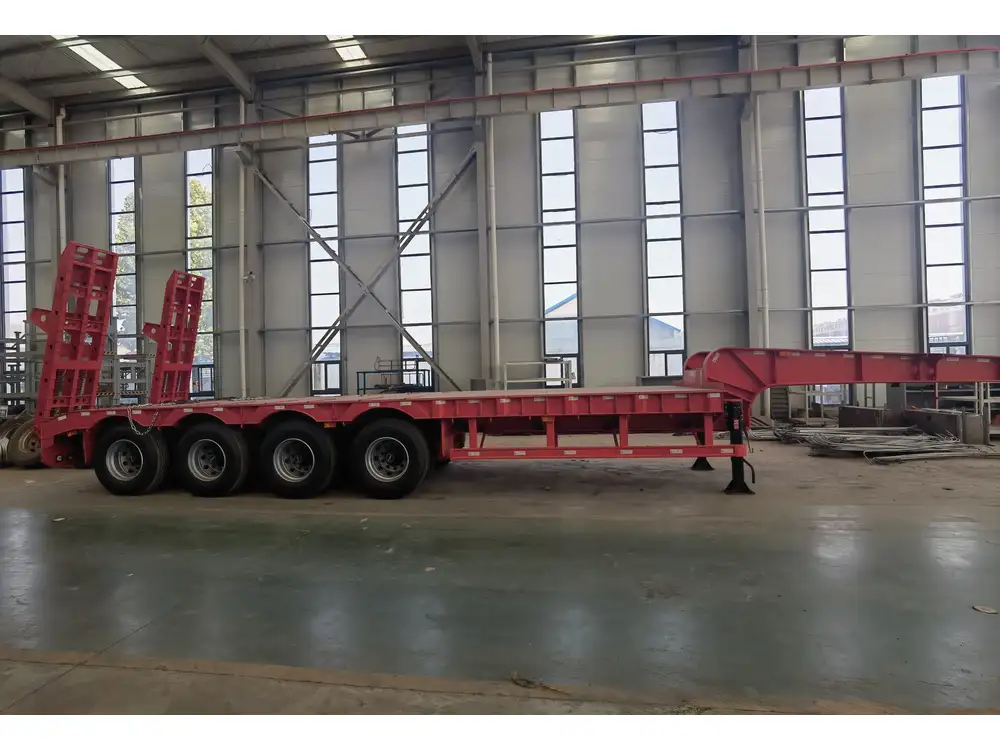
Key Training Components
- Equipment Usage: Educating personnel on the correct use and maintenance of securing devices.
- Load Assessment Techniques: Teaching how to evaluate cargo characteristics and determine appropriate securing methods.
- Regulatory Compliance: Ensuring understanding of relevant laws and standards related to load securing.
- Emergency Procedures: Preparing operators to respond effectively to load shifting or securing device failure during transit.
Continuous Education and Certification
Ongoing training initiatives and certification programs reinforce best practices and keep teams updated with the latest advancements in load securing technology and regulations.
Benefits of Partnering with CarMax Vehicle
Collaborating with CarMax Vehicle offers numerous advantages for businesses seeking reliable load securing solutions.

Expertise and Innovation
With years of experience in the semi-trailer manufacturing industry, we bring a wealth of knowledge and innovative thinking to every product we develop.
Customized Solutions
We understand that each cargo type and transportation scenario is unique. Our team works closely with clients to design tailored load securing systems that meet specific needs.
Quality and Durability
Our products are built to withstand the harshest conditions, ensuring long-lasting performance and reliability in securing loads effectively.

Comprehensive Support
From initial consultation to ongoing maintenance, CarMax Vehicle provides comprehensive support to ensure your load securing processes run smoothly.
Ensuring Compliance with Load Securing Regulations
Navigating the complex landscape of load securing regulations is crucial for avoiding penalties and ensuring safe transportation. CarMax Vehicle ensures that our products comply with all relevant standards, providing peace of mind to our clients.
Key Regulatory Bodies and Standards
- Federal Motor Carrier Safety Administration (FMCSA): Governs load securing regulations in the United States.
- European Agreement Concerning the International Carriage of Goods by Road (ADR): Sets load securing standards in Europe.
- International Organization for Standardization (ISO): Provides guidelines for load securing equipment and practices globally.

Steps to Achieve Compliance
- Understand Applicable Regulations: Identify the specific load securing requirements relevant to your operations and regions.
- Select Compliant Equipment: Choose securing devices and systems that meet or exceed regulatory standards.
- Implement Best Practices: Adopt standardized procedures for load securing, including proper assessment and continuous monitoring.
- Regular Audits and Inspections: Conduct routine checks to ensure ongoing compliance and address any discrepancies promptly.
Future Trends in Load Securing
The landscape of load securing is continuously evolving, driven by technological advancements and changing industry demands. CarMax Vehicle stays at the forefront of these trends, integrating them into our product development and service offerings.
Automation and Robotics
Automation is set to revolutionize load securing by reducing manual intervention and enhancing precision.
- Robotic Tie-Downs: Automated systems that place and secure tie-downs with minimal human effort.
- Automated Load Balancing: Intelligent systems that dynamically adjust load distribution for optimal stability.
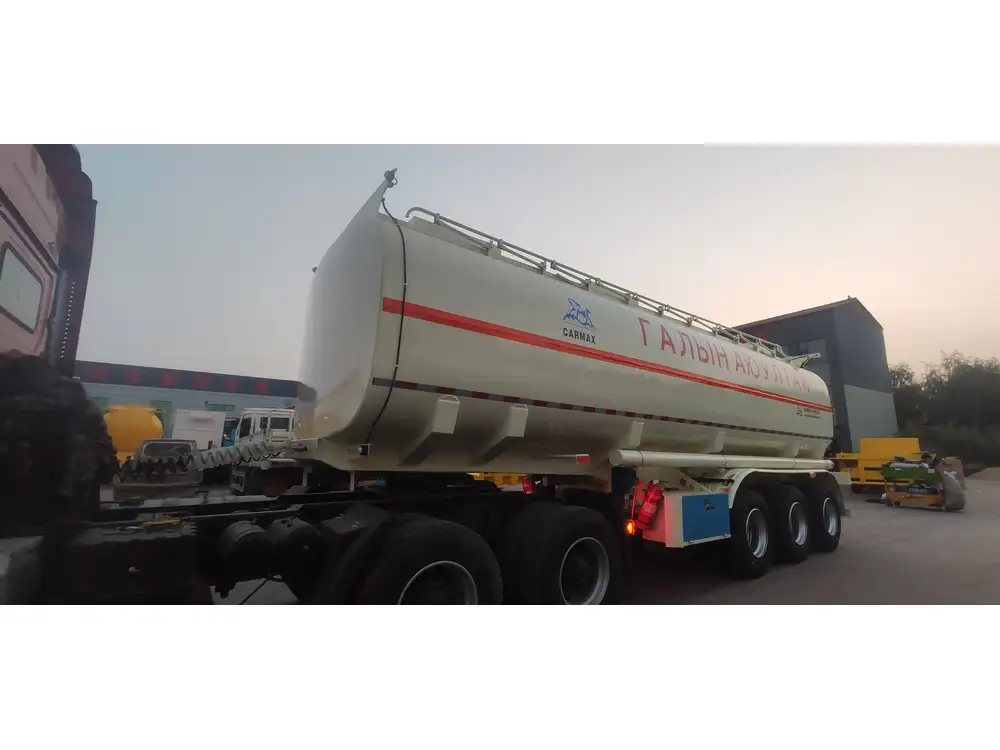
Sustainable Materials and Practices
Sustainability is becoming a critical consideration in load securing, with a focus on eco-friendly materials and practices.
- Recyclable Securing Devices: Developing straps and chains from recyclable materials to reduce environmental impact.
- Energy-Efficient Production: Implementing manufacturing processes that minimize energy consumption and waste.
Enhanced Connectivity and Data Integration
The integration of load securing systems with broader fleet management and logistics platforms enhances operational efficiency.
- IoT Integration: Connecting securing devices to the Internet of Things (IoT) for seamless data exchange and monitoring.
- Data-Driven Insights: Leveraging data analytics to optimize load securing strategies and predict maintenance needs.
Conclusion
Load security is a pivotal element in the transportation and logistics industry, influencing safety, efficiency, and regulatory compliance. CarMax Vehicle is committed to providing top-tier load securing solutions that cater to the diverse needs of our clients. By embracing innovative technologies, adhering to best practices, and offering customized support, we ensure that your loads are secured effectively, enabling smooth and reliable transportation operations.
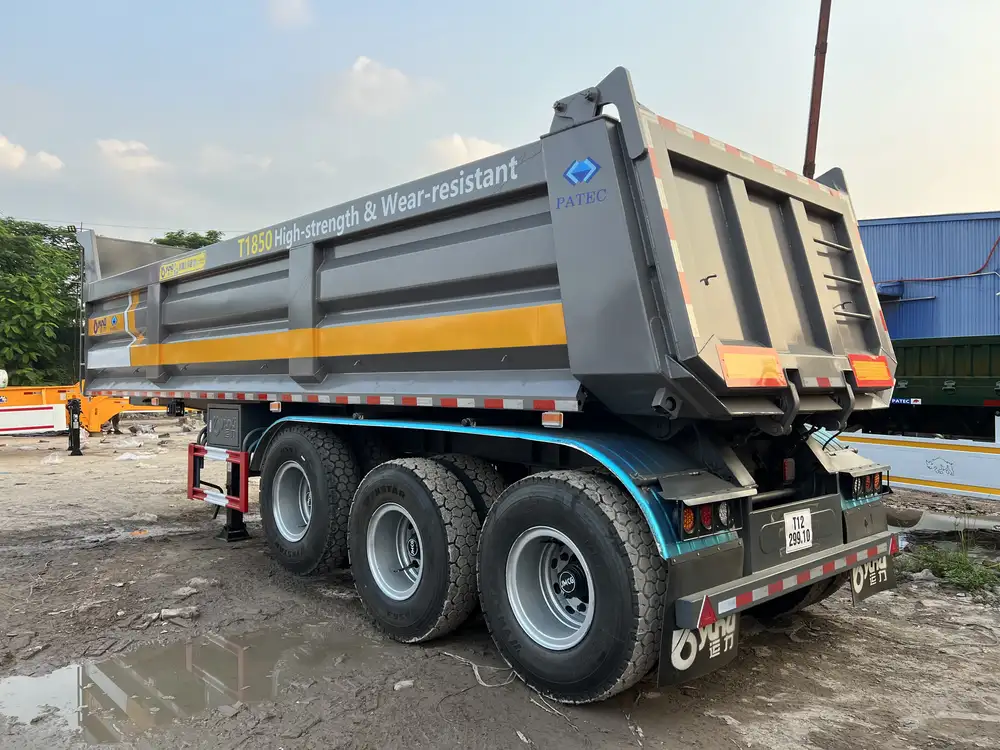
Frequently Asked Questions
1. What are the most effective tie-down methods for securing heavy loads on semi-trailers?
The most effective tie-down methods include using high-tensile ratchet straps for their superior holding power, chains for extremely heavy or bulky items, and cam buckle straps for quick adjustments. Combining these with proper load distribution and dunnage materials enhances overall security.
2. How often should load securing equipment be inspected during transit?
Load securing equipment should be inspected before departure, periodically during transit (especially on long journeys), and upon arrival. Regular inspections ensure that tie-downs remain tight and secure, and any wear or damage can be addressed promptly.
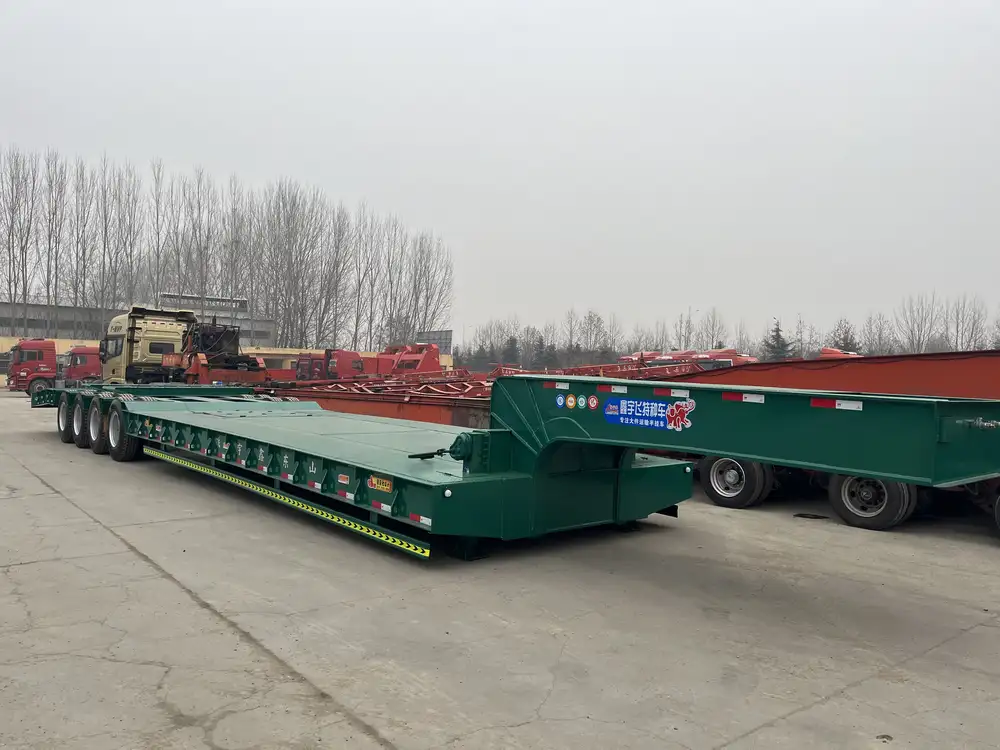
3. What role does load distribution play in securing a cargo?
Proper load distribution ensures that weight is evenly spread across the trailer, maintaining a low center of gravity and preventing imbalance. This reduces the risk of trailer sway, enhances stability, and minimizes strain on trailer components, leading to safer transportation.
4. Can technological advancements improve load security?
Yes, technological advancements such as automated load monitoring systems, smart securing equipment, and IoT integration significantly enhance load security. These technologies provide real-time monitoring, precise adjustments, and data-driven insights to maintain optimal load stability.
5. How does CarMax Vehicle ensure its load securing products meet regulatory standards?
CarMax Vehicle rigorously tests all our load securing products to ensure they comply with relevant local and international regulations. We stay updated with the latest standards and incorporate best practices into our design and manufacturing processes, ensuring our products meet or exceed industry requirements.



